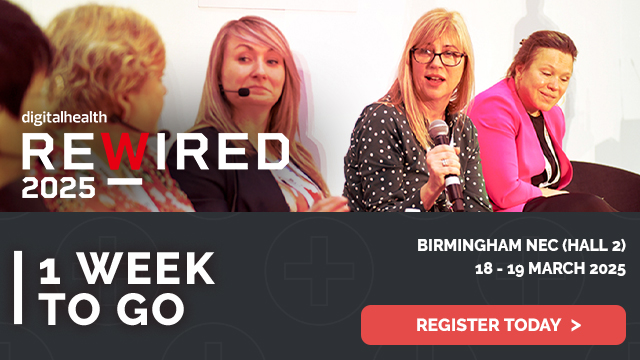Open source focus for ‘tech fund 2’
- 15 May 2014

A focus on open source solutions in the second round of the technology fund has been welcomed by suppliers, who say they expect significant interest from trusts.
Applications have opened for the second round of what is now called the Integrated Digital Care Fund, with a ‘prospectus’ released yesterday outlining details for the £240m of funding.
The prospectus includes a sharp focus on open source solutions, and says NHS England wants to encourage the development of open source software and create a community of “developers, implementers and users” to improve the solutions.
“The intention is plain; by taking an open source approach, it will be possible to gain better engagement from clinicians and other frontline users across multiple NHS organisations.”
The open source approach will also help to eliminate supplier lock-in and allow trusts to stick with trusted software while using alternate suppliers to support and innovate as needed, the prospectus says.
The prospectus includes a “catalogue” of 11 open source suppliers and encourages applicants to use their products or those from any other credible open source solutions.
Organisations using open source solutions will be expected to engage in efforts to identify social and commercial entrepreneurs to provide products, support trusts deploying open source, and create a “community of interest” around open source.
EHI previously reported that the £20m earmarked for open source projects in the first round of the fund has been rolled over into this round, due to the timescales associated with spending the first round of tech fund money.
EHI spoke to several suppliers who say they are positive about the role of open source within the tech fund.
Tactix4 director Rob Dyke said the focus on open source shows that NHS England is “getting the message” about its value and the flexibility that it offers trusts.
“It’s great because you end up with no technology lock-in and no supplier lock-in: if you don’t like the supplier, you can kick them out without losing the software.”
Dyke said one of the main issues for the smaller suppliers will be ensuring they can scale to meet trusts’ requirements, while some of the larger suppliers still need to “properly come out as open source” to provide certainty.
NHS England also needs to work with trusts to ensure they have the capacity to support open source solutions and understand its advantages, he said.
“I’d like to see [trusts] be a little braver and go with the times and where the technology is going.”
IMS Maxims chief executive Shane Tickell told EHI he is hopeful the technology fund will give trusts the power to move forward with open source solutions where they have been “stifled” in the past.
IMS Maxims announced earlier this year that the company will open source its electronic patient record system and release the source code on GitHub.
Tickell said the fund’s focus on open source, coupled with open application programming interfaces and interoperability standards, should accelerate integration across all care settings.
He added that while few trusts are specifically interested in open source solutions at this stage, many are open to the idea once they see that it can provide a “robust and agile” system while also giving them flexibility with their support options.
“Effectively, we’re creating a market where other people can support our products…the contracts for support and maintenance will be much shorter, so it really does keep the supplier on its toes.”
Open Eyes project director Bill Aylward said he is “delighted” with the emphasis on open source solutions in the tech fund.
“I think the time for open source has come for various reasons. It matches the collaborative approach that we’re now taking to clinical treatments, and all the things that apply to clinical practice should apply to software.”
Aylward said he believes there is significant demand for open source solutions, with 19 trusts attending an Open Eyes open day at Moorfields Eye Hospital in advance of the fund announcement.
“People have been waiting for this for a while. There has been quite an anti-open source culture in the NHS for some time, but this is definitely a step in the right direction.”
He said NHS England needs to increase the profile of open source products by ensuring there is a level playing field during procurement processes and considering “a little bit of positive discrimination” to ensure that trusts are aware of the open source solutions on the market.
NHs England has previously received criticism on its definition of what qualifies as open source.
Speaking at the HANDI spring symposium that forms part of EHI’s Digital Health Festival, yesterday, John Pyle, an open source consultant at NHS England, said at the that the centre has had many discussions with people on what classifies as open source.
“We’ve had to walk a bit of a tight rope with people who think some of the decisions we’re making is a bit commercial,” he said.
“One thing we are desperate not to be is ‘the national programme for open source’ and say 'this is how you do open source.'”





